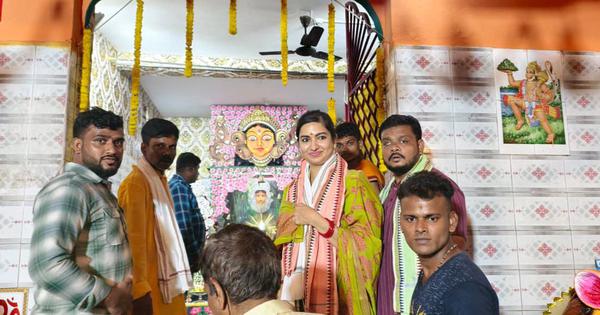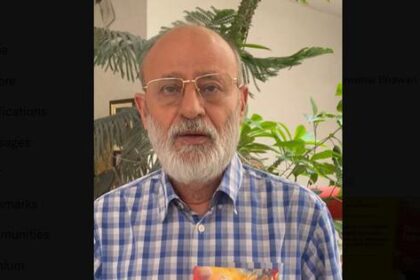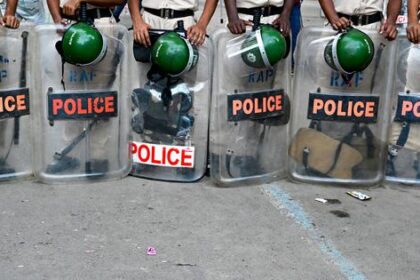Communal tensions rise in Cuttack as Odisha experiences a rapid shift in its social fabric.
The BJP has been in power in Odisha since 2024, leading to a swift transformation reminiscent of the changes seen in the Hindi belt over the past decade. Cuttack, a city that once exemplified harmony and coexistence, now faces the pressures of this political shift. Traditionally, Cuttack has been a place where diverse communities cohabitate peacefully, as illustrated by the Amareswar temple and dargah located side by side, alongside the popular Royal Biryani restaurant. On festive occasions, the aromas of incense and mutton mingle, reflecting a spirit of unity that has long characterized the city.
In June 2024, Sofia Firdous, a young Muslim woman, was elected as a legislator, a choice that seemed entirely natural to the residents and highlighted the city’s long-standing pluralism. This atmosphere of coexistence was deeply woven into Cuttack’s identity, mirroring the historic Barabati Fort and the local delicacies such as dahibara aludum. The craftsmanship of Muslim artisans, who create silver medhas for the Durga festival, emphasizes the shared faith that has historically underpinned the city’s culture.
However, the recent events of October 5 disrupted this equilibrium. During the annual immersion of Durga idols, violence erupted, leading to the imposition of a curfew and internet restrictions in the city for 48 hours. This was a stark departure from Cuttack’s previous experiences, as the city had never witnessed communal riots, even during significant national upheavals. The incident highlighted a troubling shift in the city’s dynamics, as if a mirror had shattered, revealing a previously unseen aspect of its identity.
For nearly twenty-five years, Odisha maintained a reputation for relative calm amidst rising communal tensions across India. Chief Minister Naveen Patnaik’s governance fostered a culture of stability and development, significantly improving the state’s human development index and disaster management capabilities. However, with the BJP’s rise to power in 2024, there has been a noticeable shift. Development devoid of narrative has created a vacuum that ideology seeks to fill, resulting in a rapid moral and institutional reordering.
This transition has prompted a change in governance under Chief Minister Mohan Majhi, where emotion now drives the political agenda rather than efficiency. The rhetoric of belonging has supplanted the former language of service, altering the meaning of citizenship in the process. What was once a system designed for effective administration is now being reshaped by ideological forces that thrive on passion and division.
Majhi’s position as the first tribal chief minister from the BJP was intended to symbolize inclusivity. Yet, this has aligned with a broader national trend where Dalit and Adivasi identities are increasingly absorbed into the Hindutva narrative, losing their unique cultural distinctions. The Adivasi population in Odisha, comprising at least 23%, faces pressures of Sanskritisation, with rising demands for policies that enforce cultural conformity, such as bans on beef. The rapid unraveling of decades of communal harmony in Odisha underscores the precariousness of its social fabric, as tensions have escalated from isolated incidents to widespread unrest in just a few months.








